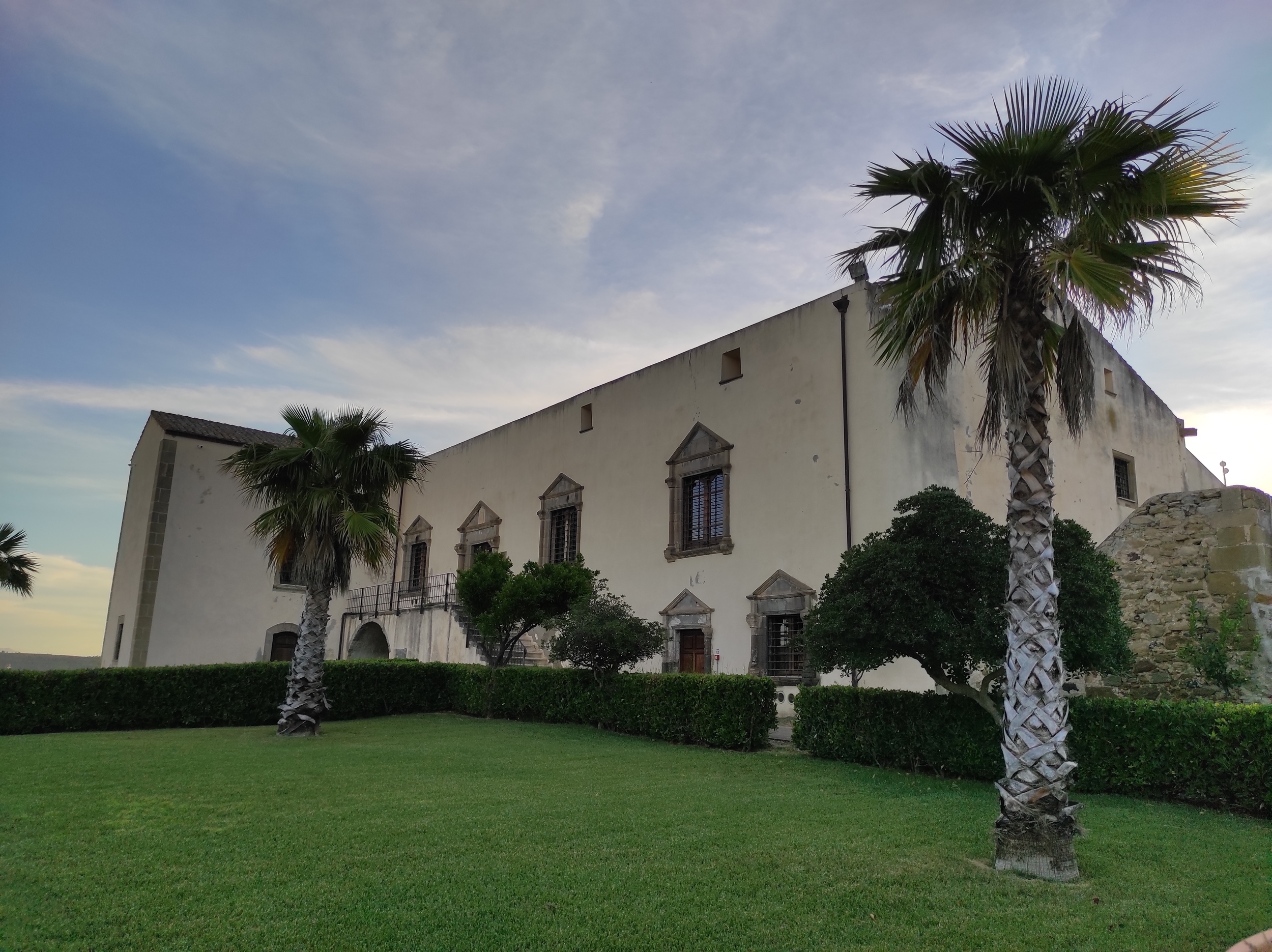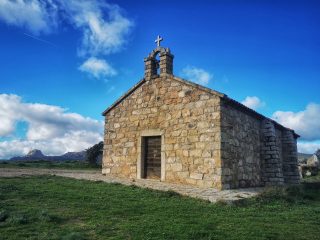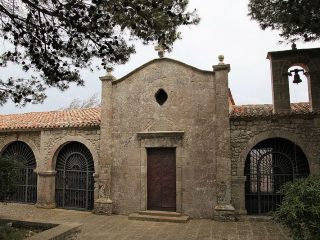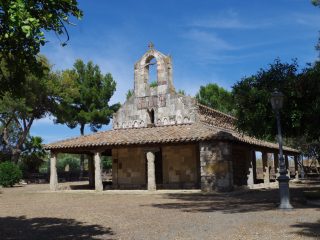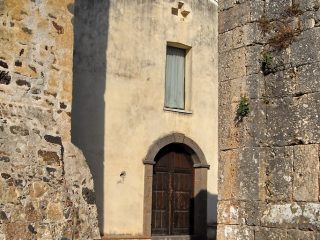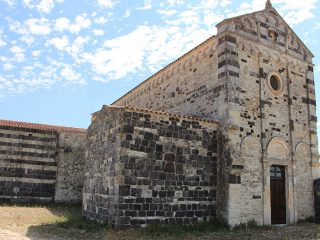The noble palace, built between the XVI and XVII centuries, sits at the highest point in the town of Barumini. Not far away is the parish of Beata Vergine Immacolata, probably commissioned by the same family which owned the palace.
It was home to the Aragonese Zapata family, who came to Sardinia in 1323 after Prince Alfonso IV of Aragon conquered the island. Notably, it was the alcalde of Cagliari, Azor who had the palace built following the establishment of the barony of the Zapata family in Barumini, Las Plassas and Villanovaforru.
It is an elegant palace with rectangular layout and adjoining garden. There are two floors in this classic-style home; the portal and windows have triangular gables while the family’s coat of arms has been engraved onto the central gable.
In the 1990s, the local council purchased the home and renovated it. The ruins of a Nuragic settlement came to light during the renovation work, named Nuraxi ‘e cresia by the archaeologist, Giovanni Lilliu.
Since 2006, the baronial residence has been home to the “Casa Zapata” museum which includes a number of sections.
The archaeological section, dedicated to Giovanni Lilliu, focuses around the Nuraxi ’e Cresia Nuraghe. It is a three-foil type building with a main tower opening out onto a courtyard. A stronghold is arranged around it with three towers joined by a curtain wall.
The exhibition is enhanced with around 250 findings from the Su Nuraxi Nuraghe and partly from the Nuraxi ‘e Cresia Nuraghe.
The historical section describes the sequence of events in the feud and that of the Zapata barons. The exhibition displays deeds and documents from the archive, reproductions, old photographs, items attributable to the Zapata family and the history of Barumini.
The section on the launeddas, dedicated to the Master and famous player Luigi Lai, takes us into the remote world of traditional Sardinian music. The word “launeddas” describes a series of three-pipe wind instruments, which fall into the category of basic reed aerophones. The exhibition offers an overview of the different kinds of instrument.
The ethnographic section is housed in the rooms which were once destined for agricultural use at the baronial palace. Around 400 pieces attributable to three main areas, agriculture, breeding and craft work are on display without overlooking activities within the home.


